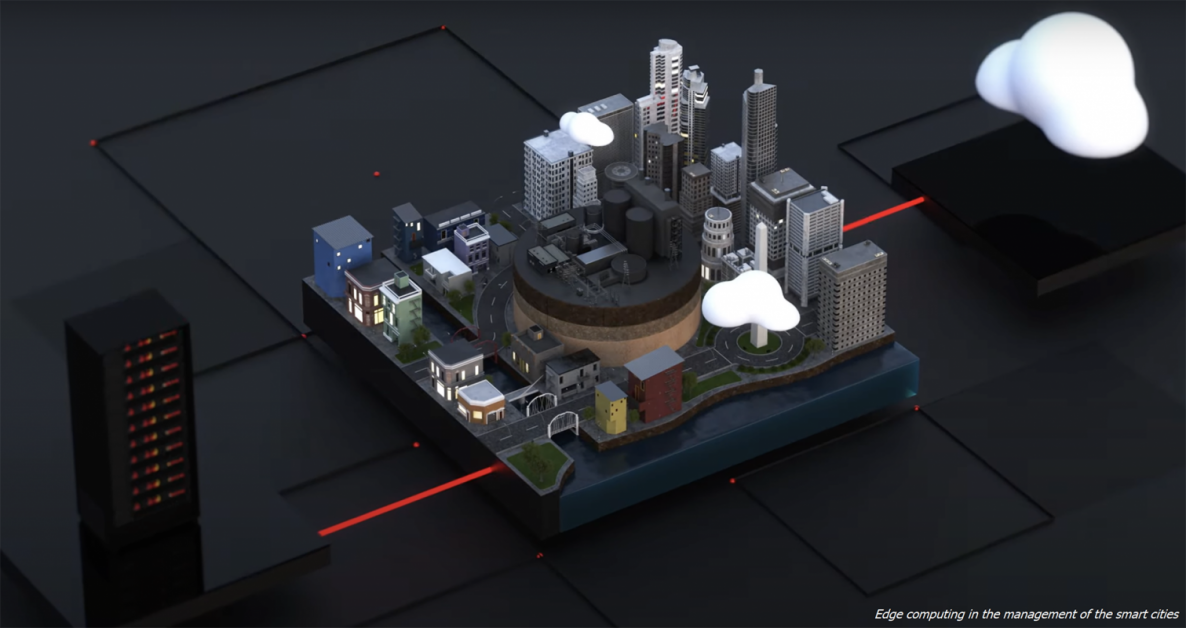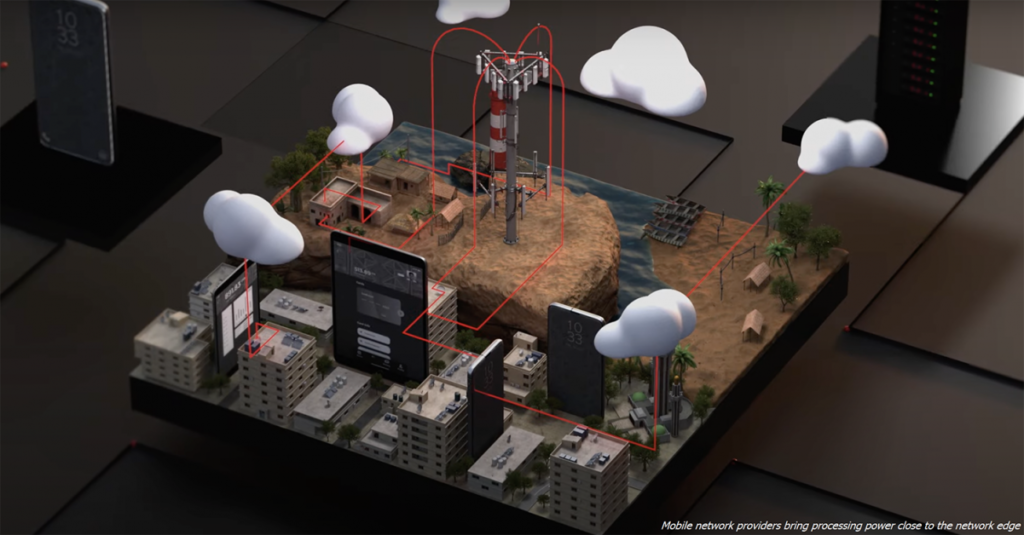By Supannee Amnajmongkol, Country Manager of Thailand, Red Hat
Edge computing has the potential to enable more efficient, more insightful, and more cost-effective management of a range of public services. But adoption of edge computing technologies by government organizations has been a long time coming. Now, having seen the value it delivers in other sectors, is a good time for government departments to consider the advantages of edge computing for themselves. In this article, Red Hat will share a few ways edge computing has impacted industries like manufacturing and possible use cases in the public sector.
Growing adoption in the manufacturing industry and in your home
Thirty years ago, an organization’s intelligence would have been held in datacenters. Today, we’re at a stage where some of that workload can be moved onto edge devices.
With processing carried out at, or very near to, the source of data (rather than in the cloud or in remote datacenters), edge computing allows decisions to be made based on information generated by devices located in the places that matter most.
Mobile network providers use it to bring processing power close to the network edge and reduce latency, which is especially important in enabling the speed and availability promised by 5G.
It has been widely adopted in sectors such as manufacturing too. Edge computing can help manufacturers reduce the time spent in QA and production cycles, speeding time-to-market and, of course, saving costs. From the data generated by sensors located on different machines, engineers can immediately identify and remedy (by using automation) mistakes that might occur before they become issues.
Typically, microprocessors with limited intelligence, these sensors monitor and measure factors such as pressure, heat, or water flow. Similarly, a domestic smart meter has some processing capability; records a household usage of gas, electricity, or water; and makes use of that information. A smart meter is, effectively, an edge device.
At the moment, this use is limited in scope. In the future, however, it’s possible that smart meters will use the data they collect to do more than just calculate bills. They could also have the ability to switch energy tariffs, turn off devices when they’re not in use, and even open windows if the temperature in a building is high enough.
Smart city management
Following this logic, perhaps the best use case for edge computing in local government is in the management of smart cities. As smart meters may, in time, be used to manage domestic energy use, edge devices can be used to manage various aspects of a city.
Consider the task of managing traffic flow in a city center. Only by understanding how busy the roads are at any given point in time is it possible to know whether or not to close a particular road, or to change the phasing of traffic lights to alleviate congestion. Relying on centralized processing means data could be out of date. By the time it’s addressed, the issue in question may have moved elsewhere, grown in size, or vanished altogether.
However, by putting the processing power as close to the roads as possible and adding artificial intelligence (AI) and machine learning (ML) technology to the mix, it’s possible to give a degree of autonomy to the traffic light systems. By understanding cause and effect from previous similar instances, and by learning what’s needed to remedy a particular situation, AI/ML technologies can enable an edge device mounted on the lights to identify the issue and apply the appropriate fix in close to real-time.
Other government use cases
Traffic management is just one way in which edge technology can be applied to managing a city. Other examples include the monitoring of HVAC systems in council-run properties for more cost-effective energy usage and measuring shifting household and business behaviors for more efficient waste or water management.
It has a role to play in contingency planning, too. For example, Fuji, Japan has edge devices located in strategic locations, constantly streaming various forms of environmental data. This data enables emergency services to react almost instantly in the event of an earthquake, deploying emergency personnel where they’re most needed at any given time.
The potential of edge processing continues to grow. The sensors mounted on a city’s traffic lights could be used to manage traffic flow by employing image recognition technology, for example, as well as adapting the phasing of the lights themselves.
Benefits of edge computing for government organizations
It’s no secret that government departments don’t always have the budget or resources they need for everything they want to do. An automated, edge-based system, however, could be smaller than the datacenters that departments have relied on in the past. This means fewer people are needed to manage the technology, freeing up staff to do higher-value work that benefits citizens.
Edge technology also offers flexibility by enabling departments to choose what data they collect—and for what purpose—allowing them to decide where that data should be collected from and whether certain edge devices even need to be connected at all times.
The shift from datacenters to edge computing can help government departments deliver better services more efficiently and cost effectively.
Source: FAQ

